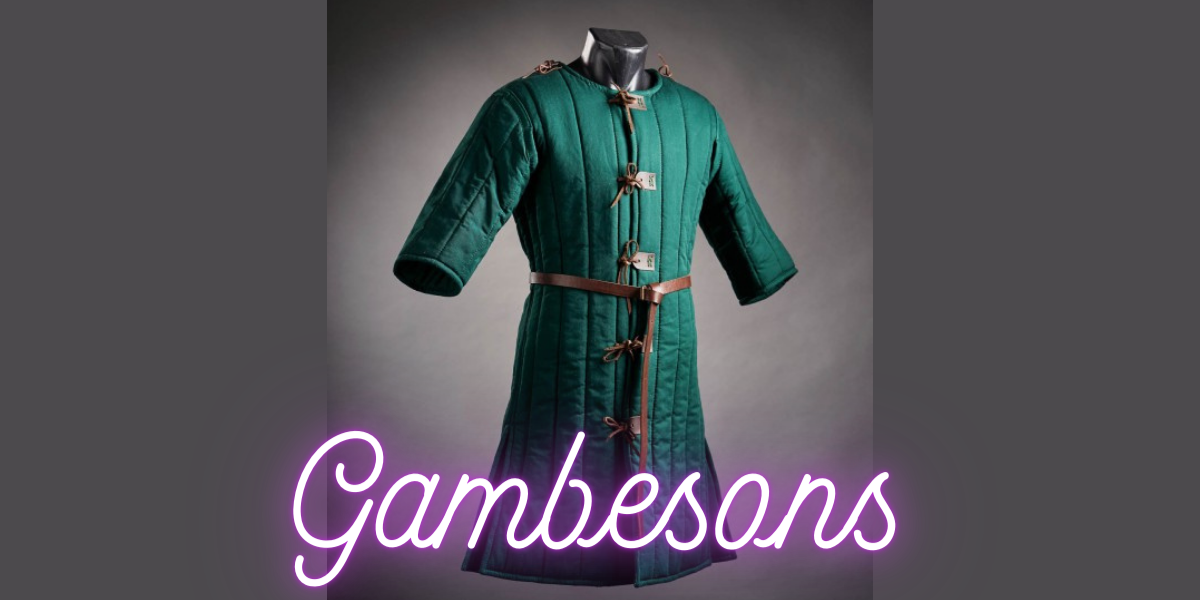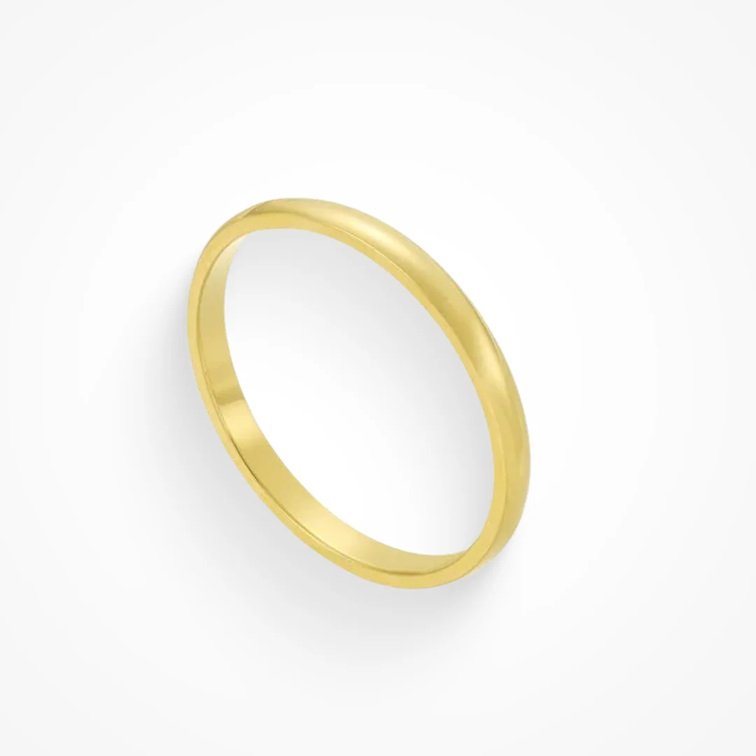A gambeson is a quilted jacket worn as armor or as padding beneath metal armor. It was an essential piece of medieval military gear, providing both comfort and protection. The gambeson was popular during the Middle Ages and has seen a resurgence in interest among historical reenactors and enthusiasts.
Historical Background of Gambesons
The gambeson has a rich history, dating back to the 10th century. It became particularly prevalent in Europe during the 13th and 14th centuries. Soldiers across various regions relied on gambesons for their versatility and effectiveness. Initially, gambesons were worn as standalone armor by common soldiers who could not afford metal armor. As metal armor became more widespread, gambesons were used as an underlayer to prevent chafing and distribute the weight of the metal armor more evenly.
Materials and Construction
Gambesons were typically made from layers of linen, wool, or hemp, stuffed with padding materials such as horsehair, scrap cloth, or even straw. The layers were quilted together, creating a thick, padded garment. The quilting provided additional strength and flexibility, allowing for ease of movement while maintaining protection.
Construction Techniques
Quilting and Padding
The quilting technique used in gambeson construction involved sewing multiple layers of fabric together with padding sandwiched between them. This process not only provided cushioning but also ensured that the padding remained evenly distributed. The stitching patterns varied, with diamond and parallel lines being the most common. These patterns were crucial for maintaining the structural integrity of the gambeson.
Fabrics and Padding Materials
The outer layer of a gambeson was usually made from durable materials such as canvas or leather, while the inner layers consisted of softer fabrics like linen or wool. The choice of padding material varied based on availability and preference. Horsehair was a popular choice due to its resilience and cushioning properties, whereas scrap cloth and straw were more economical options.
Fastening Methods
Gambesons were fastened using various methods, including ties, buttons, and laces. These fastenings allowed for easy adjustment and ensured a snug fit. The placement of fastenings was also strategic, often located on the front or sides of the gambeson for easy access.
Usage and Effectiveness
Stand-Alone Armor
As standalone armor, gambesons were highly effective in absorbing and dispersing the impact of blunt weapons. The multiple layers of fabric and padding provided excellent protection against cuts and bruises. Gambesons were particularly favored by foot soldiers who needed flexible and affordable armor.
Padding Under Metal Armor
When worn under metal armor, gambesons played a crucial role in enhancing the overall protective capabilities of the armor. They helped to distribute the weight of the metal plates, reducing fatigue during prolonged battles. Additionally, the padded layers prevented the metal armor from causing abrasions and discomfort.
Modern Applications and Reenactments
Historical Reenactments
Today, gambesons are popular among historical reenactors and medieval enthusiasts. They are used in reenactments, live-action role-playing (LARP) events, and historical demonstrations. Modern gambesons are often crafted with attention to historical accuracy, using traditional materials and construction techniques.
Martial Arts and Training
In martial arts that focus on historical European combat, such as HEMA (Historical European Martial Arts), gambesons are used for protection during training and sparring. They provide a balance between protection and mobility, making them ideal for practicing with blunt weapons.
Choosing the Right Gambeson
Material Considerations
When selecting a gambeson, the choice of materials is paramount. For authenticity, linen and wool are excellent choices. However, modern materials like cotton or synthetic blends can also be used for improved comfort and durability. The padding should be dense enough to provide protection without compromising flexibility.
Fit and Comfort
A well-fitted gambeson is essential for maximum effectiveness. It should be snug but not restrictive, allowing for a full range of motion. Adjustable fastenings can help achieve the perfect fit. Comfort is also crucial, especially for prolonged wear. Look for gambesons with breathable fabrics and adequate padding.
Care and Maintenance
Cleaning Tips
Proper care and maintenance will prolong the lifespan of a gambeson. Most gambesons can be hand-washed or machine-washed on a gentle cycle. It is important to use mild detergents and avoid harsh chemicals that could damage the fabric or padding. Always air-dry the gambeson to prevent shrinkage or deformation.
Storage Suggestions
When not in use, store the gambeson in a cool, dry place. Avoid folding it tightly, as this can cause permanent creases and affect the padding. Using a padded hanger can help maintain its shape and ensure it is ready for the next use.
Conclusion
The gambeson remains a fascinating piece of historical armor with applications that extend into the modern era. Whether used for historical reenactments, martial arts, or as a study in medieval craftsmanship, the gambeson offers a unique blend of protection, comfort, and historical authenticity. Understanding its construction, materials, and usage can enhance appreciation for this remarkable garment.



